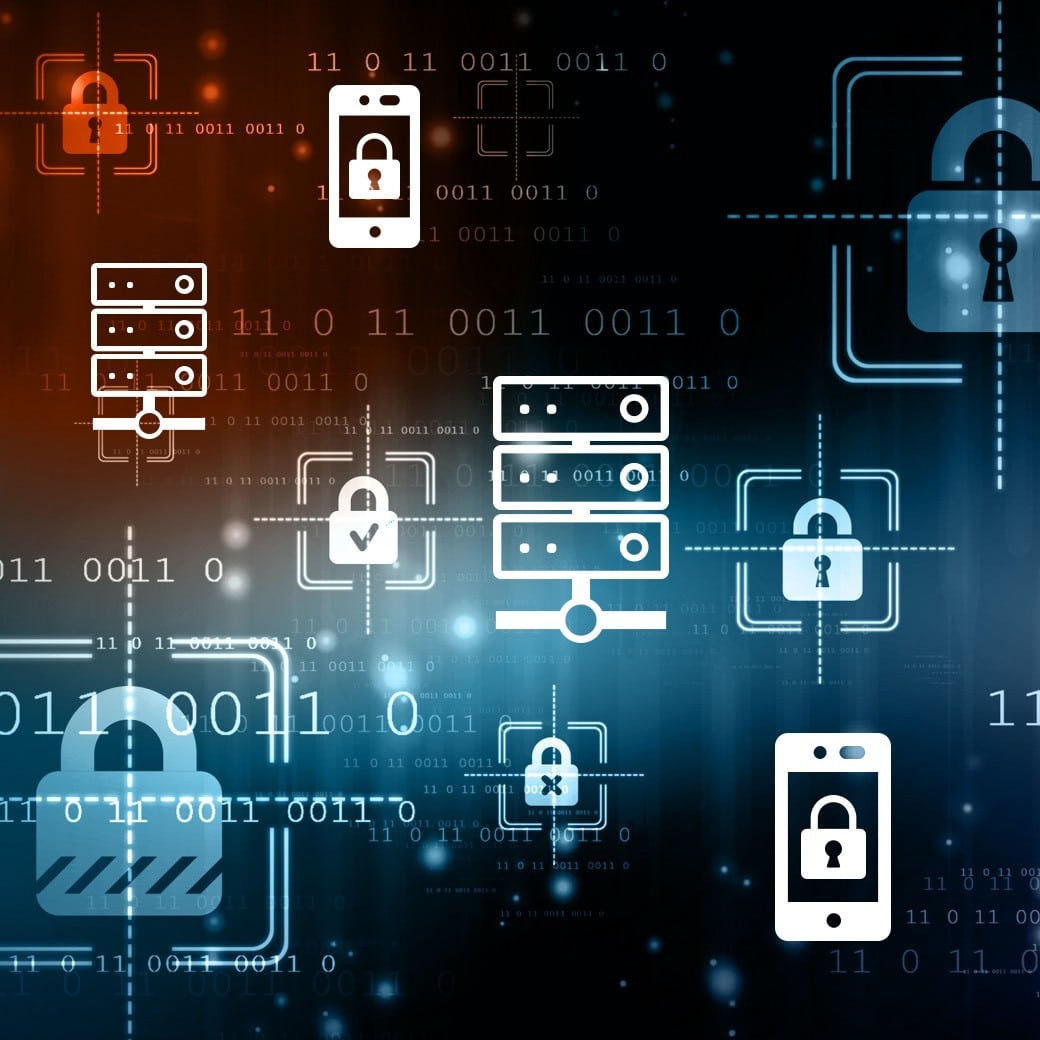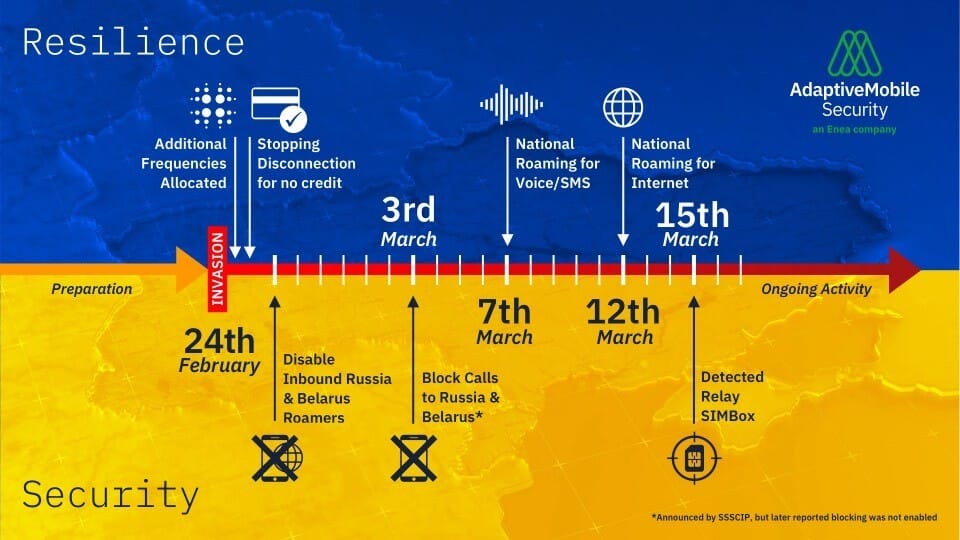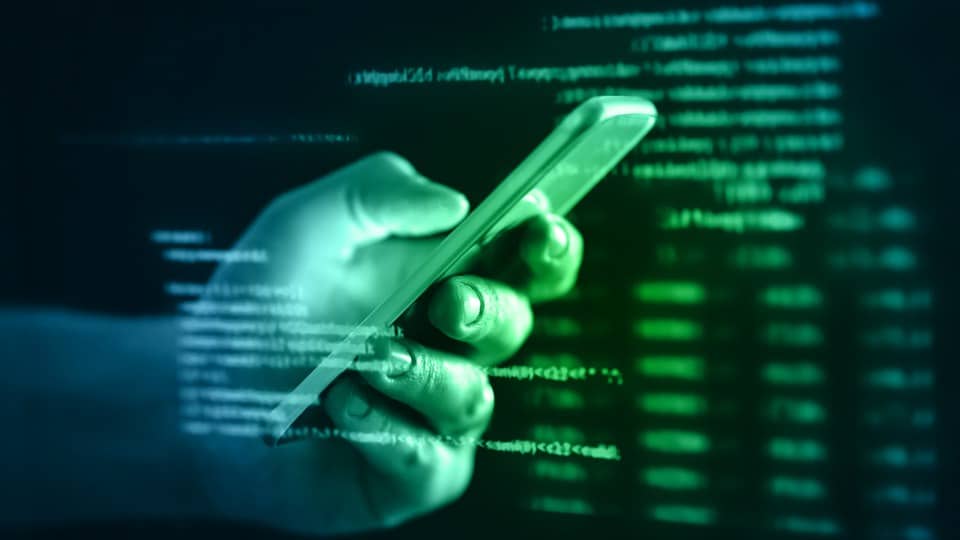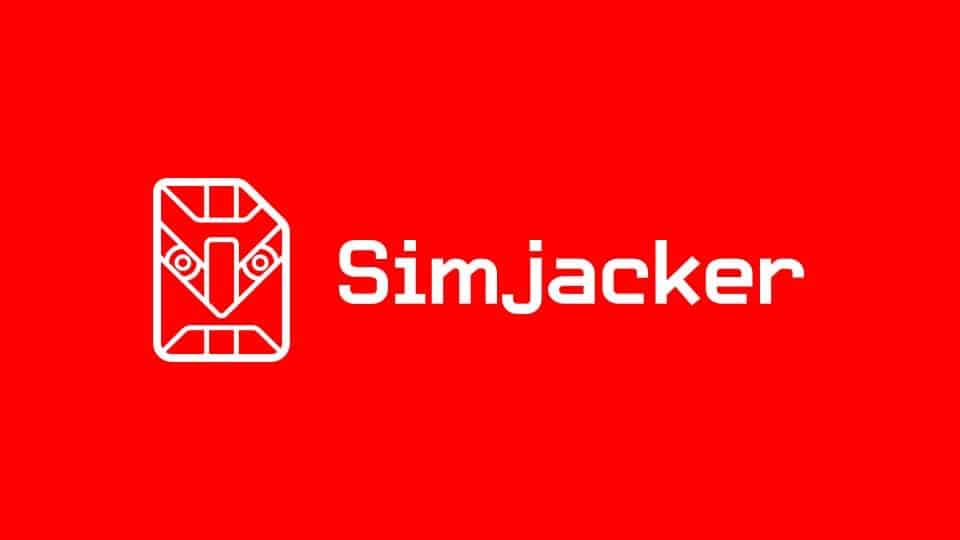Securing National Critical Infrastructure
The Centrality of Mobile Communications Security to Cyber Resilience
Critical sectors such as transport, health, and finance depend, today more than ever, on the secured resilience of mobile communications. The interconnectivity of mobile signaling networks also deepens interdependencies and vulnerabilities which, if unprotected, can leave countries’ telecom infrastructure vulnerable to Data Exfiltration, Denial of Service (DoS), and Signaling Storms, putting public safety, economic security, and digital sovereignty at risk. National cyber resilience today must go beyond conventional IP-focused cyber security measures.
Mobile network cyber security is fundamental to critical infrastructure protection
Mobile Communications, if left unsecured, can put public safety, economic security, and national sovereignty at risk.
Even in many updated national strategies, significant gaps remain where there is a tendency to neglect the attack surfaces presented by signaling technology and inter-carrier connectivity. The wide use of mobile network services across the sectors of activity means that without adequate security measures in place, mobile networks can act as a gateway for sophisticated attackers to target critical infrastructure by manipulating, disrupting, or reconnoitering core networks for surveillance and exploitation.
REGULATORY APPROACH TO CYBER-RESILIENCE
Turning a Legacy Issue into Leveraged Insight – Mobile Signaling Security
The reality of risks posed today by unprotected signaling vectors has yet to be widely understood. As digital transformation advances, the continued growth of mobile interconnectivity supported by signaling protocols will present threat actors with an ever-greater attack surface penetrating the heart of countries’ critical infrastructures. This means that mobile signaling, far from being merely a legacy security issue discrete to 2G, 3G, or even 4G, will continue into 5G and beyond to provide an ever more powerful vector for serious breaches of network security over time.
Empowered with intelligence-led signaling protection, operators can provide strategic risk mitigation and measurable assurance, which can play a central role in supporting the collective cyber resilience of countries’ critical national infrastructure by helping to secure essential services.

Supporting Incident Response with our Threat Intelligence service
Whether malicious or non-malicious in origin, the impacts of signaling-related disruptions can be devastating for individuals, enterprises, operators and countries. Signaling Storms have been shown to cause complete service outages, leaving vulnerable citizens without access to emergency services, paralyzing transport, banking, and other services, and costing businesses reliant upon mobile connectivity integral to payment systems. When such incidents occur, services must be restored as quickly as possible, with every hour lost leading to greater harm. Those striving to restore services can benefit from real-time visibility of irregular signaling and a shared picture of the signaling landscape.
- Real-time signaling analytics can help support the incident response efforts of operators’ SOCs, Cyber Emergency Incident Response Teams (CERTs/CIRTs), and National Cyber Security Agencies.

Securing Sensitive Data with Enea Persistent Messaging Security and Intelligence
Mobile subscribers and the core network databases that serve them are continuously targeted by attackers exploiting gaps in protection. Exfiltration of Personally Identifiable Information (PII), exposure to scams (via Smishing, for example), and fraud, including identity theft, put millions of people at risk every day. The scale, sophistication, and persistence of attacks are such that simply warning subscribers of the risks is far from sufficient to protect them today. The exploitation of messaging vectors, for example, has become endemic to the business messaging market as the importance of A2P SMS services has grown. Societal well-being is jeopardized, and economic activity is impacted as attacks continue without being addressed effectively, causing consumer fatigue, eroding public trust, and destroying economic value across sectors of activity.
- Next-Generation Messaging Firewalls supported by our threat intelligence service provide world-leading protection against attack.
Explore our messaging protection & threat intelligence solutions >

Strengthening Digital Sovereignty
The exposure of mobile users, smart/IoT networks, and essential services to mobile network-borne threats presents a strategic security risk to countries today. Advanced signaling and messaging protection is vital to securing mobile communications services’ integrity, confidentiality, and availability against threats ranging from disruption and Denial of Service (DoS) to disinformation. Advanced Persistent Threat actors able to identify and exploit gaps in protection can weaponize mobile network infrastructure to undermine political processes and subvert public opinion, compromising the sovereignty and right of nations to self-determination.
- Our Signaling and Messaging Firewalls, supported by our Threat Intelligence Unit service, provide world-leading protection against attack.
Explore our research on Cyber Warfare against National Critical Infrastructure >

Secured Resilience through Mobile Signaling & Messaging Security
Contact us today, to learn how we can help you to secure your mobile network.
In the Cyber & Telco News
Discover the latest news and our contributions to the top cyber and telco security magazines.
Shadowy Russian Cell Phone Companies Are Cropping Up in Ukraine >
Leveraging mobile networks to threaten national security >
Securing mobile networks, protecting national critical infrastructures
Discover the latest insights into mobile network security and the cyber threats jeopardizing critical services worldwide.
Mobile Network National Critical Infrastructure Solutions
Our security solution portfolio includes messaging firewalls, signaling protection, and intelligence. Protecting communication service providers, CPaaS, and nations.





